`;
Cars
Fact Checked
Dan CavallariA valve stem is usually a piece of cylindrical metal that protrudes from an inner tube and through a wheel to allow a user to inflate the tire or tube. The valve stem may or may not be attached to an inner tube; it may instead be a standalone unit that allows air to pass directly into a tire and wheel set up that uses no tube. In many cases, the valve stem will close by itself in many cases to prevent air from leaking out once the inflation process is completed, though some stems must be sealed off manually.
The most common type of valve stem is the Schrader valve, which is common on cars, motorcycles, and even bicycles. It is sometimes known simply as a car tire valve because it is most recognizable as being used on car tires. The valve stem is usually threaded on the tip to allow a cap to be screwed onto it; this cap prevents dirt and grit from getting inside the valve, thereby blocking the passage of air or triggering a release of air. The core of the valve stem is usually removable by unthreading it from the stem cylinder, though removal of the core is not usually necessary. The core prevents air from escaping the valve stem, and when depressed, it opens the chamber to allow air to pass into the tire or tube during the inflation process.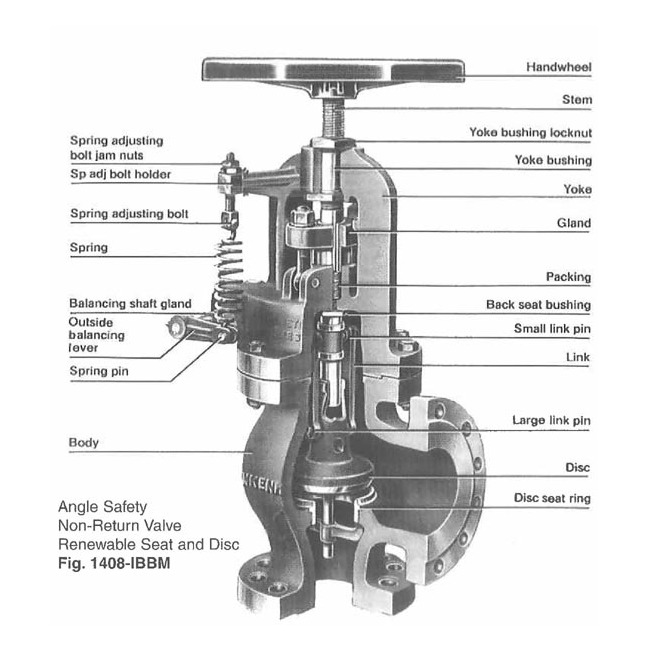
Another common type of valve stem is the Presta valve, which is most commonly used on bicycles. This type of valve is much narrower than a Schrader valve, and the core is a different design than that of a Schrader valve as well. The core is positioned within the stem cylinder, but it is pressed open or pulled closed using a threaded barrel that extends beyond the tip of the valve cylinder. When unscrewed, the barrel allows air to pass through the cylinder, and when screwed tightly, it seals off the chamber. These valves are not common in other applications beyond bicycle tire and tube setups.
Tires and tubes are not the only application for valve stems. They can be used on just about any pressurized mechanism; some automobile shock absorbers as well as motorcycle and bicycle shock absorbers may feature these valves to allow for customization of the shock's responsiveness. Air conditioning units sometimes feature these valves, as do some mechanisms related to plumbing applications.
Valve stems are a crucial part of any tire.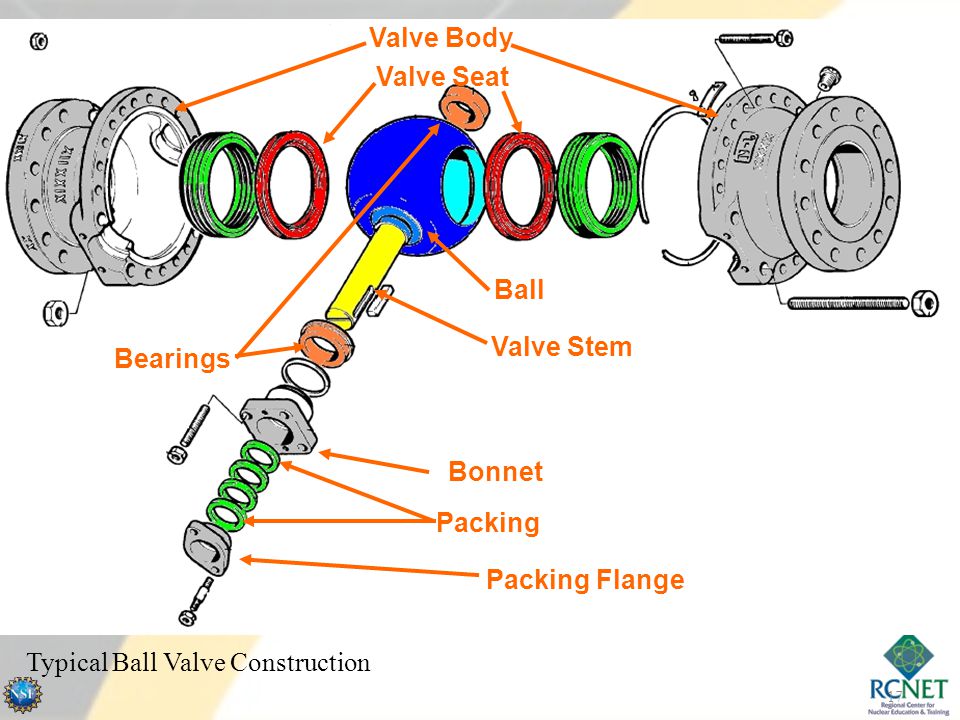 Well, they are not part of a tire per se, but they are an auto part designed to ensure the tires’ safety and performance. Therefore, valves are important!
Well, they are not part of a tire per se, but they are an auto part designed to ensure the tires’ safety and performance. Therefore, valves are important!
Valves keep air pressure from escaping tires. From valve cores to caps and versatile valve types, we will walk you through everything you need to know about valves and how said valves function.
The small tube system that you can use to fill your tires with air is called a valve stem. This system is basically a one-way door used to transfer gas (in this case air pressure) into a chamber (tire). Different valve types are available.
Valves are located on most pneumatic tires, from automobile to bicycle models. Tire valves are used to add or remove air pressure inside the tire. Once air pressure enters the tire, tire valves do not let it escape on their own.
A tire stem helps tires keep their optimal pressure levels, by using its different components.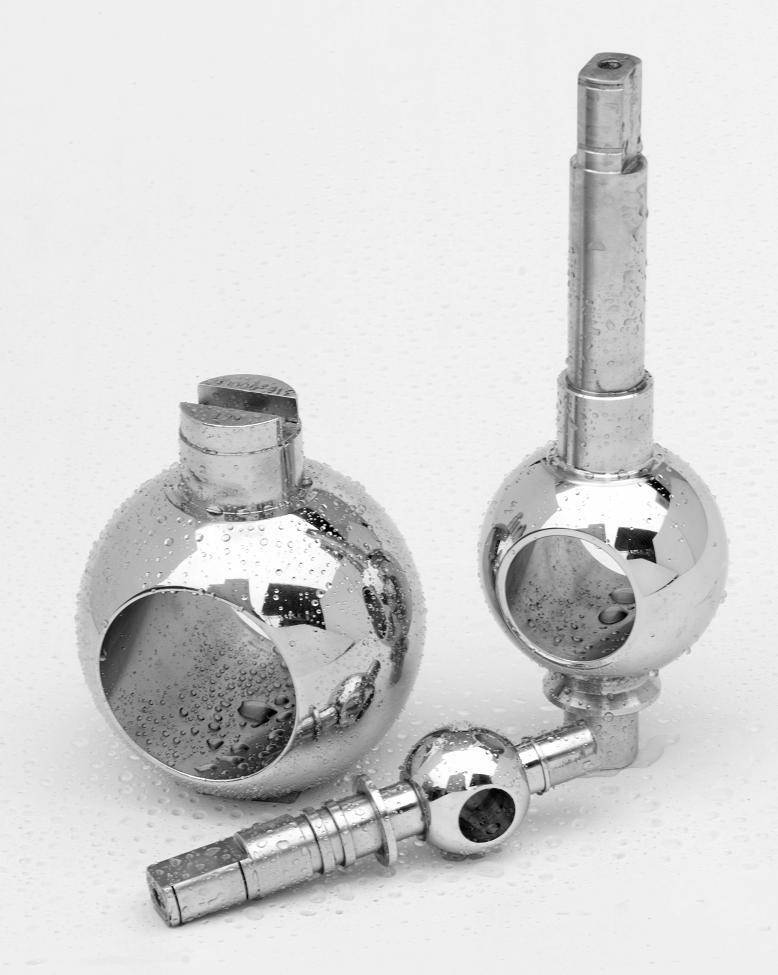 Valves consist of a valve stem body, a valve core, and a valve stem cap. These work together to keep the correct pressure levels inside the tires.
Valves consist of a valve stem body, a valve core, and a valve stem cap. These work together to keep the correct pressure levels inside the tires.
The various components of valves work together to enable the tire’s secure performance. Air pressure loss can occur if the valves are damaged. But, as long as they properly function, valves will hold air and guarantee the tires’ performance.
There are versatile types of tire valves available for purchase. The type you need greatly depends on various components: mainly what type of tire the valves are used on.
There are three different tire air valve stems manufactured:
These have various applications! Let’s talk about them in more detail.
Probably the most common valve type is the tubeless rubber snap-in tire valve, as they are suitable for passenger cars, light-duty trailers, and various light trucks.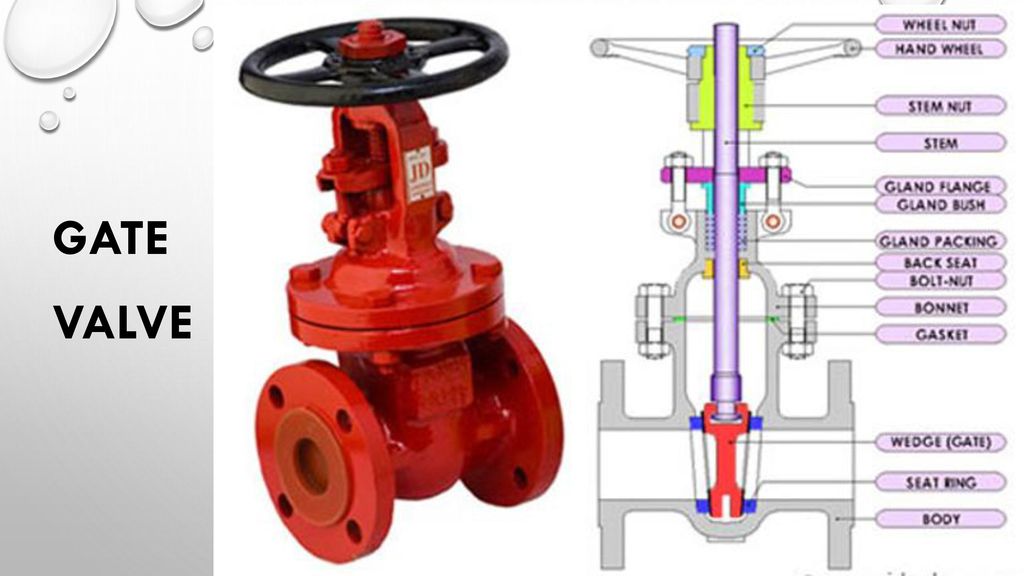 Additionally, they can be used in autocross competitions as well.
Additionally, they can be used in autocross competitions as well.
These tire valves hold a maximum of 65 psi, as a cold tire inflation pressure. This valve stem size usually ranges between 0.7″ to 2.5″ and it can fit 0.453″ or 0.625″ diameter rim holes. Often they sport plastic valve stem covers, but some can be purchased with chrome sleeves or a metal tire pressure cap. However, this is merely for aesthetic purposes.
Check out this valve stem sizes chart:
The tubeless snap-in high-pressure tire valves function in the same manner as the previous type does. However, they are used for applications where the maximum pressure is above 65 psi. In other words, they are for medium- to heavy-duty trucks and trailers, that use pressure to handle larger weights.
These tire valves are made in two rim hole fittings: 0.453″ for tires with a max cold inflation pressure of 80 psi, and 0.625″ for those with 100 psi. Due to the vehicle applications, these valve stem sizes range between 1. 25″ to 2″. High-pressure valve stems are designed for steel wheels. They are equipped with thick rubber snap-in bases, metal barrels, and plastic pressure caps.
25″ to 2″. High-pressure valve stems are designed for steel wheels. They are equipped with thick rubber snap-in bases, metal barrels, and plastic pressure caps.
Size chart of high-pressure, tubeless snap-in valves:
High-pressure metal valve stems are clamp-in models that use a rubber grommet, which seals the valve against the wheel when you tighten the holding nut. These valves are generally manufactured for high speed, racing vehicles, or for vehicles exceeding 130 mph.
Most metal clamp-in tire valves are available for 0.453″ and 0.625″ rim holes. However, some special applications are available for 0.236″ and 0.315″ rim holes. Additionally, they come in straight or bent styles to accommodate even unique wheel shapes. These valves hold maximum cold tire inflation of 200 psi.
These valves have two fitting types: with the retaining (holding) nut inside or outside of the rim. For aesthetic reasons, many drivers prefer it to be hidden inside the rim. However, outer placements allow you to tighten the nut whenever it is necessary.
However, outer placements allow you to tighten the nut whenever it is necessary.
We have talked about the types of tire valves you can purchase for different vehicles. Now, let’s see their components.
Like most auto parts, valves also consist of multiple parts, which are:
These individual parts of valves work together to hold air in the tires. Some are crucial and some don’t have to be used. However, these parts working together will guarantee the vehicle’s secure drive.
A valve cap should be used on all valve stems. There is a good reason for this! Moisture contamination and loss of air pressure at high speeds can cause problems. They can damage the valve core or cause the tire to do flat. However, a valve cap will help prevent these issues.
Tire valve caps are available to be manufactured from plastic, metal, or metal with a special screwdriver design. When these caps are used greatly depends on which vehicle they are on. When it comes to everyday driving, a plastic tire pressure valve cap should be enough. However, for racecar applications, a metal one is better. Tire stem caps are either knurled or hexagon-shaped to make them easier to remove.
When these caps are used greatly depends on which vehicle they are on. When it comes to everyday driving, a plastic tire pressure valve cap should be enough. However, for racecar applications, a metal one is better. Tire stem caps are either knurled or hexagon-shaped to make them easier to remove.
While missing tire valve covers are not the end of the world, it is advisable to replace them. For one, it is a second seal that prevents pressure from escaping, in case valve core damage occurs. On the other hand, it also makes sure that sand, dirt, and moisture does not enter the stem and damage it.
[lasso ref=”passenger-tires” id=”1934″ link_id=”1802″]
A valve core is the main seal inside the stem. This part of the stem seals tire pressure inside the tire, preventing it from escaping. It should be tightly screwed into the valve core chamber. They are manufactured with shorter (for high speed applications) and longer lengths, and nickel-plated and brass valve cores are available.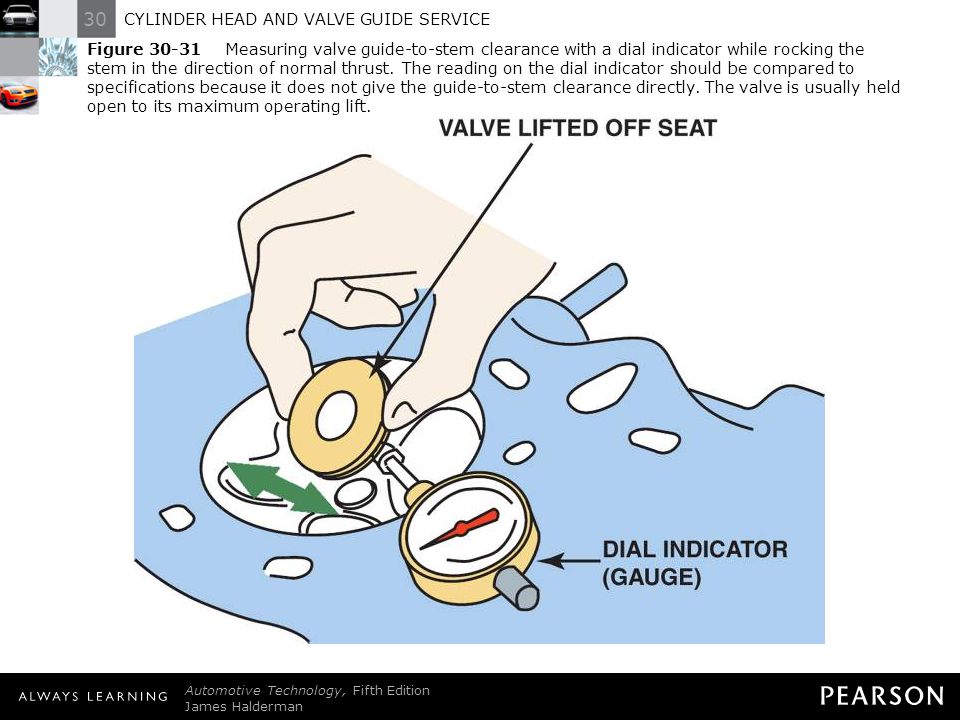
It is important that you only use a nickel-plated valve core with an aluminum tire pressure sensor valve stem. This is due to brass valve cores in such applications experiencing corrosion that can transfer and affect the aluminum wheel as well. This is to protect the wheel and its integrity.
These valve cores basically consist of a spring-loaded pin that is moveable. This allows air pressure to inflate and deflate the tires. This valve stem seal prevents pressurized air from escaping the tires when the caps are off. The valve stem core is durable, but dirt, moisture, and sand can damage it. Dirt and sand will prevent valve cores from sealing properly, while moisture will freeze and damage the valve cores.
If you fit wheel covers on your car, you can use valve extensions to make the inflation process easier. These nylon or metal extenders are available in sizes between 0.5″ and 2″.
It is important to select the ideal extension length or to purchase durable, preferably metal, ones.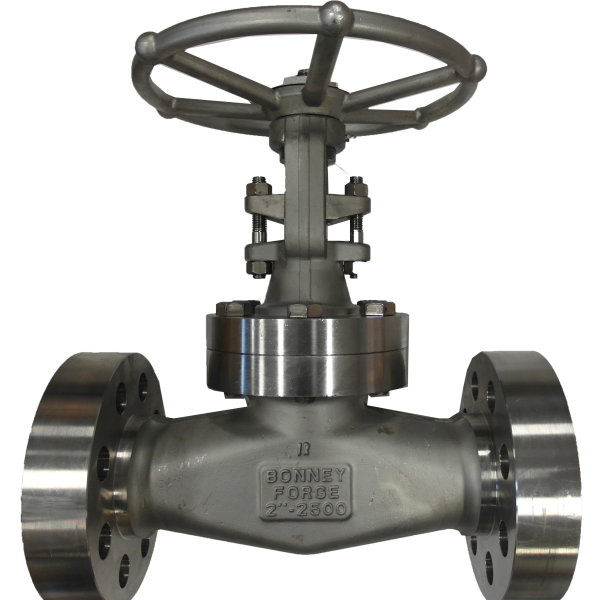 Road and weather conditions and driving habits can easily damage these extensions, which will leave to other issues.
Road and weather conditions and driving habits can easily damage these extensions, which will leave to other issues.
If your vehicle uses direct TPMS sensors, then the valve stems also hold the sensor inside the tire. Mechanics do this with metal clamp-in or rubber snap-in valves. These TPMS sensor tire valve stems work together to transmit information to the TPMS monitor.
The two different TPMS stem types function a bit differently. Let’s see how!
A clamp-in valve stem-sensor combination fits the sensor with a rubber seal and a retaining. These two parts, along with the valve cores and caps, need to be tightened correctly, in order to prevent pressure loss.
These TPMS rubber valves need nickel-plated valve cores to prevent damage. Galvanic corrosion can damage brass cores, which will transfer onto the aluminum barrel with time – leading to even bigger damage.
The other type of TPMS sensor tubeless tire valve is the rubber snap-in version.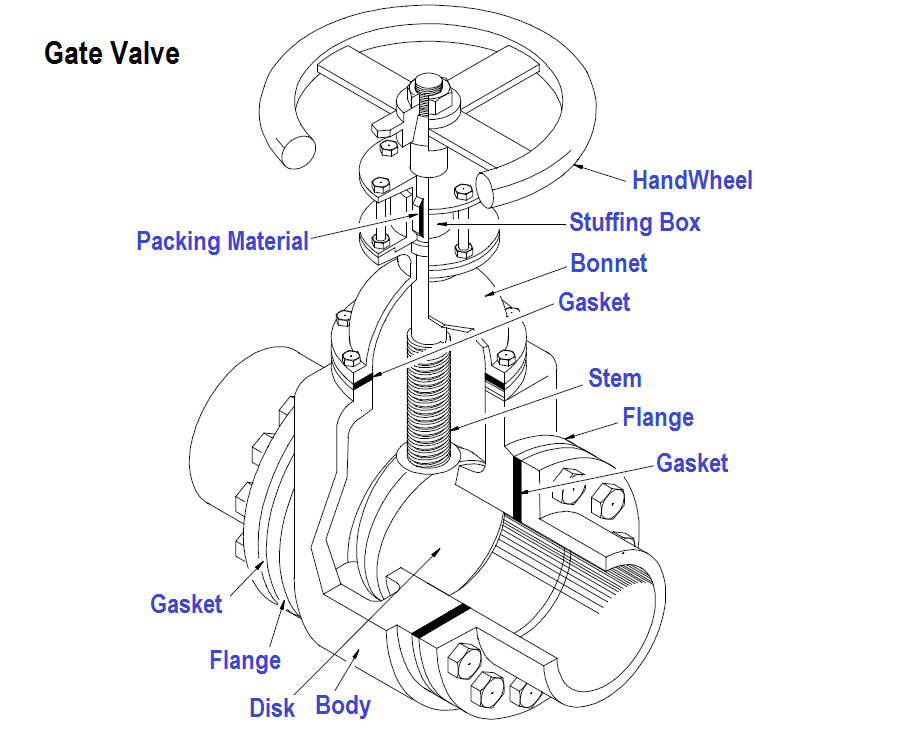 These accept TPMS sensors can be different, and purchasing valve stems that accommodate them in crucial.
These accept TPMS sensors can be different, and purchasing valve stems that accommodate them in crucial.
If the TPMS stems are not compatible, it will lead to air pressure loss. Using the correct combination of valves and TPMS sensors will ensure a safer driving experience.
Have you ever noticed a vehicle with green valve stem caps?
Well, there is a reason for their distinct color! These valve stem seals keep the pressure inside of nitrogen-filled tires. Many believe that adding nitrogen in tires improves their performance, durability, fuel economy, etc.
Therefore, nitrogen valve stem caps are green!
Are Valve Stems Replaced with New Tires?
Usually, when mounting new tires on a vehicle, it is advisable to get new valve stems for tires as well. However, when you purchase new tires, the tire valve stem is not included.
The valve stem sizes you need depend on the rim size.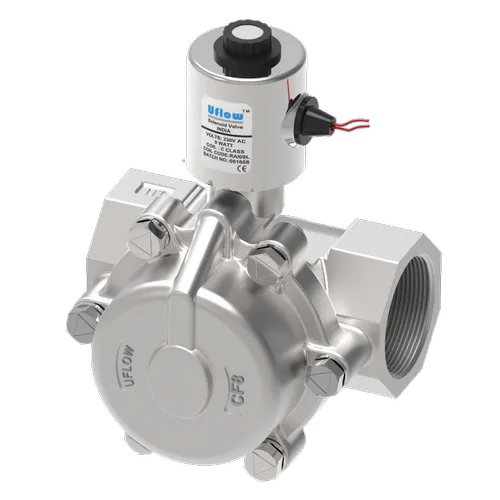 Low-profile rims (up to 0.9″) will need a 1.5″ stem while a 1.3-1.7″ rim should have a 2.3″ valve stem. Anything taller than 1.9″ needs at least a 3.1″ valve stem to properly function.
Low-profile rims (up to 0.9″) will need a 1.5″ stem while a 1.3-1.7″ rim should have a 2.3″ valve stem. Anything taller than 1.9″ needs at least a 3.1″ valve stem to properly function.
To find a slow leak in a tire, you will needs a spray bottle and soapy water. Mix liquid soap and water in a spray bottle and spray the entire tire (sidewalls, tread area, along the rim, and the valve stem). The slow leak will be there the soapy water forms small bubbles with the escaping air.
Air pressure escapes the tire when the valves are open because of the different pressure levels inside the tire and in the atmosphere. The high pressure of the tire flows out until the tire features the atmospheric pressure. This causes the tire to go flat.
Stainless steel solenoid valve stem with chemical resistant O-ring. It is selected according to diameter, height, throughput, as well as other characteristics, taking into account the series of solenoid and electromagnetic coil.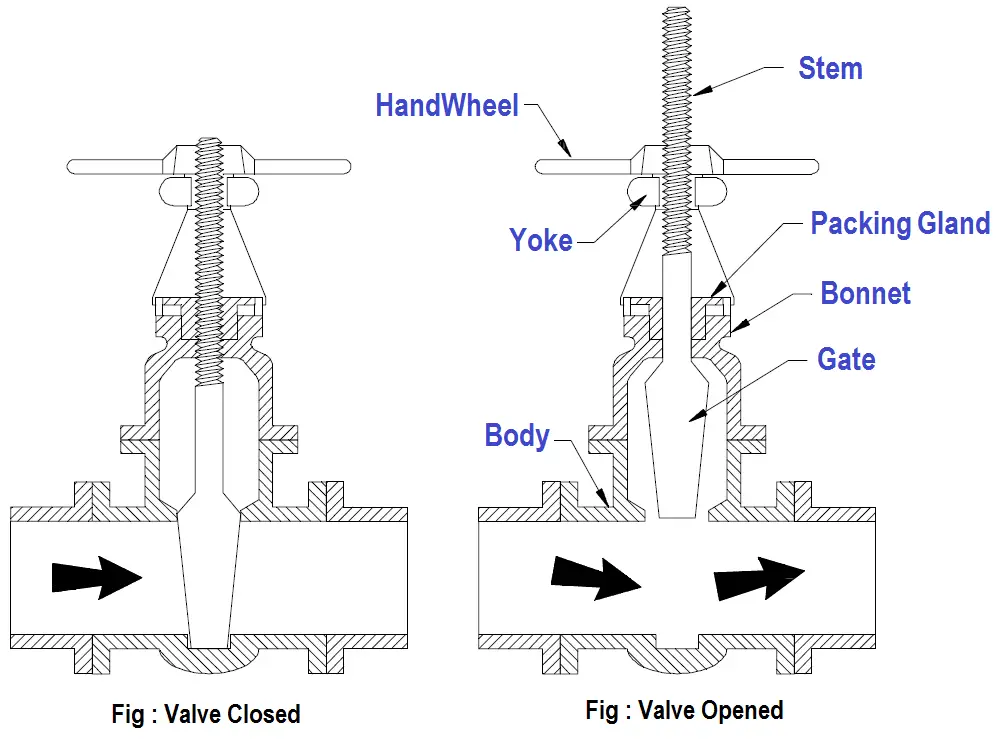
Suggested stems only fit Smart solenoid valves.
When choosing a solenoid stem, the following valve parameters are important:
Each solenoid stem series corresponds to a specific solenoid valve series.
To buy a solenoid valve stem as a repair kit or spare part for a new solenoid, fill out the order form on the website. For advice on products, payment methods and delivery, please contact the sales department at the phone number listed at the top of the page. To calculate the list of stop valves for a specific network of an object, write to us by e-mail.
9000
Integral Bonnet Needle Valves are compact needle valves available in a wide range of sizes, configurations and materials to suit a variety of applications.
Integral Bonnet Needle Valves Series O 1 18 20 and 26
■ Live Loaded Packing System ■ Compact design ■ Working pressure up to 413 bar (6000 psig) ■ Operating temperature up to 315°C (600°F)
Download Add to favorites
Thread and End Connection Identification Guide
Features: Step-by-step identification procedure for threads and end connections.
Download Add to favorites
Special Cleaning and Packaging Instructions SC-11 Specification SCS-00011 Revision A
This document describes the instructions used by Swagelok® and its suppliers to ensure product purity requirements are met by ASTM G93 level C. Its scope is limited to the system components that come into contact with the medium. This document should be used in conjunction with product catalogs, technical bulletins and reports.
Download Add to favorites
Valve Lockout Accessory
Features: Limits access to manually actuated valves;Lockout accessory enables compliance with OSHA Lockout/Tagout, Standard 29 CFR Part 1910.147, Control of Hazardous Energy Bright safety orange color promotes high visibility. Other colors are available.
Download Add to favorites
Standard Cleaning and Packaging SC-10 Specification SCS-00010 Revision B
Swagelok® Specification SC-10 defines the cleaning, lubrication, assembly, and packaging requirements for standard Swagelok products and describes practices used to meet these requirements.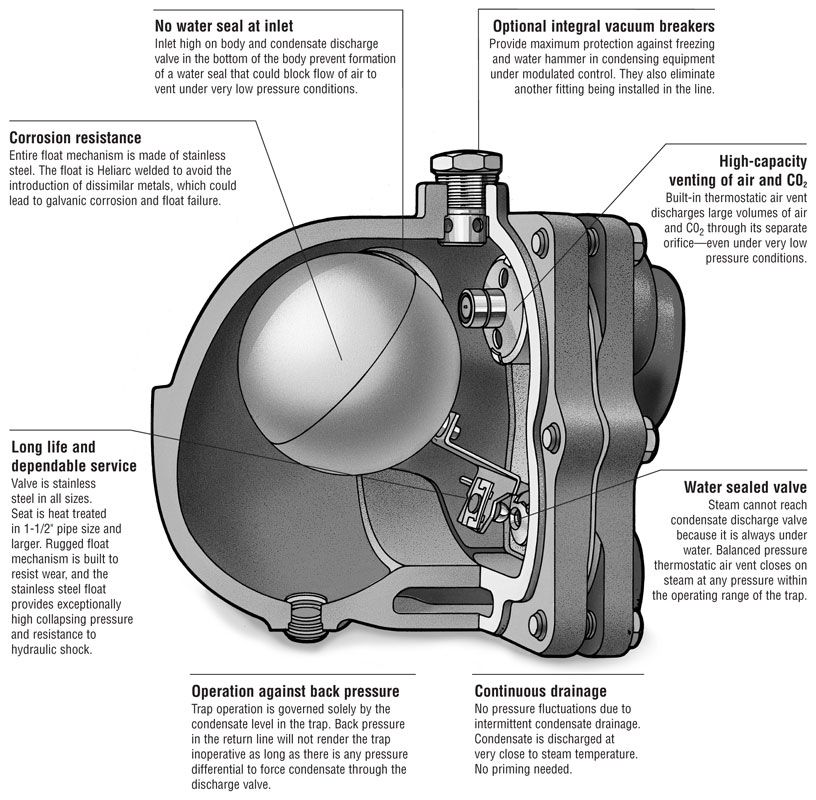
Download Add to Favorites
Valve Sizing Technical Bulletin
Valve sizing is often described by the nominal size of the end connections, but a more important measure is the flow that the valve can provide. And determining flow through a valve can be simple.
Download Add to Favorites
Instructions for 25 mm Swagelok tube fittings
for fittings 1 in. (25 mm) and smaller
Download Add to favorites
Swagelok Tube Fittings Over 1 inch or 25 mm
Procedure for installing Swagelok tube fittings in sizes over 1 inch or 25 mm.
Download Add to favorites
| Attribute | Meaning |
|---|---|
| Housing material | Stainless steel 316 |
| Cleaning procedure | Standard Cleaning and Packaging Instructions (SC-10) |
| Connection size 1 | 1/4" |
| Connection type 1 | Swagelok® 9 tube fitting0277 |
| Connection size 2 | 1/4" |
| Connection type 2 | Swagelok® tube fitting |
| Maximum flow coefficient (Cv) | 0.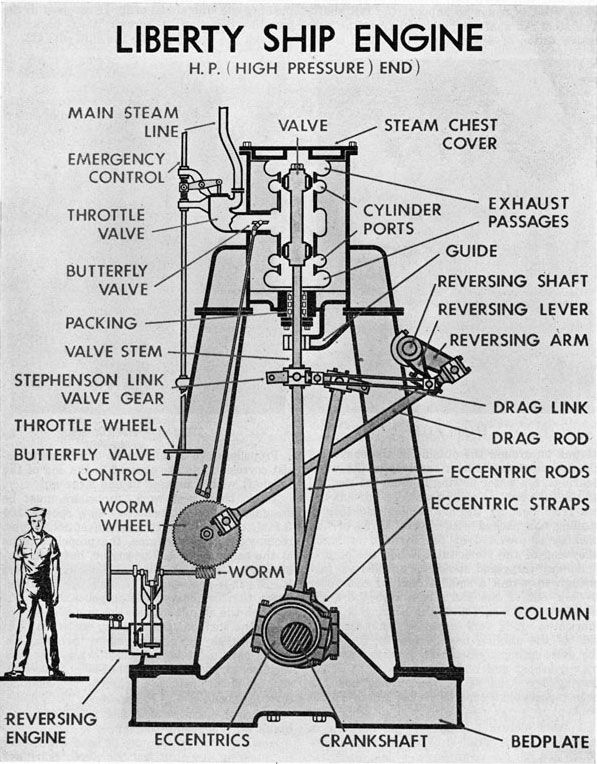 37 37 |
| ECLASS (4.1) | 37010201 |
| ECLASS (5.1.4) | 37010201 |
| ECLASS (6.0) | 37010203 |
| ECLASS (6.1) | 37010203 |
| Flow pattern | Straight (2-way) |
| Handle type | Phenolic Resin Ball |
| Low emission certified | Yes |
| Maximum temperature, °F (°C) | 600 (315) |
| Pressure ratings at max. temperature | 600°F @ 3130 psi inch man. / 315 °C at 215 bar |
| Minimum temperature, °F (°C) | -65 (-53) |
| Nominal passage, | 0.172" |
| Seal material | Polyetheretherketone (PEEK) |
| Pressure ratings at room temperature | 5000 psi inch man.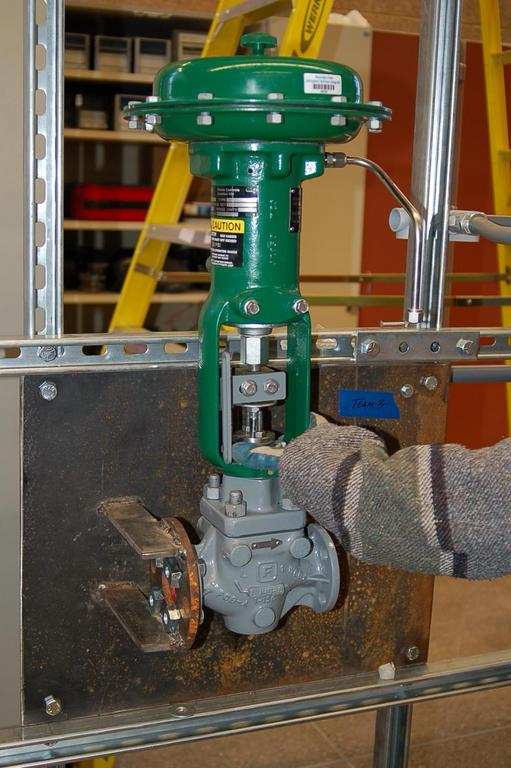 at 100°F / 344 bar at 37°C at 100°F / 344 bar at 37°C |
| Stem Tip Material | Stainless steel 316 |
| Stem type | Con. |
| UNSPSC (10.0) | 40141602 |
| UNSPSC (11.0501) | 40141602 |
| UNSPSC (13.0601) | 40141602 |
| UNSPSC (15.1) | 40141602 |
| UNSPSC (17.1001) | 40141600 |
| UNSPSC (4.03) | 40141602 |
Choose a new product with similar features
CAD Disclaimer: This template has been prepared for informational purposes. Template dimensions are for reference only and are subject to change. See Swagelok product catalogs for more information. The reader should consult a qualified engineer before using the pattern in whole or in part.
2D
2D models are available for this product. Download CAD file.
3D
There are 3D models for this product. Download CAD file.
Promotional drawing
Promotional drawings are available for this product. Download files.
| Product code | Body material | Connection size 1 | Connection type 1 | Connection size 2 | Connection type 2 | |
|---|---|---|---|---|---|---|
| B-1VF4 | Brass | 1/4" | Int.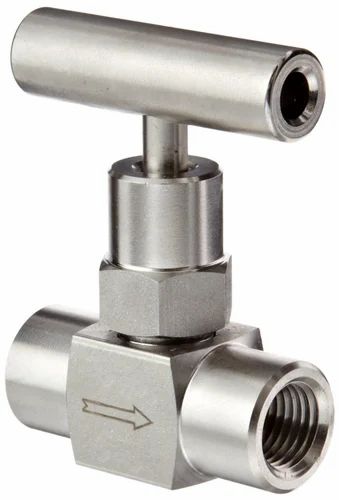 thread NPT thread NPT | 1/4" | Int. thread NPT | Product View |
| B-1VM4 | Brass | 1/4" | Out. thread NPT | 1/4" | Out. thread NPT | Product View |
| B-1VS4 | Brass | 1/4" | Swagelok® tube fitting | 1/4" | Swagelok® tube fitting | Product View |
| B-1VS6 | Brass | 3/8" | Swagelok® tube fitting | 3/8" | Swagelok® tube fitting | Product View |
| B-1VS8 | Brass | 1/2" | Swagelok® 9 tube fitting0277 | 1/2" | Swagelok® tube fitting | Product View |
| M-1VS8 | Alloy 400 | 1/2" | Swagelok® tube fitting | 1/2" | Swagelok® tube fitting | Product View |
| SS-18VS12 | Stainless steel 316 | 3/4" | Swagelok® tube fitting | 3/4" | Swagelok® tube fitting | Product View |
| SS-1VF4 | Stainless steel 316 | 1/4" | Int.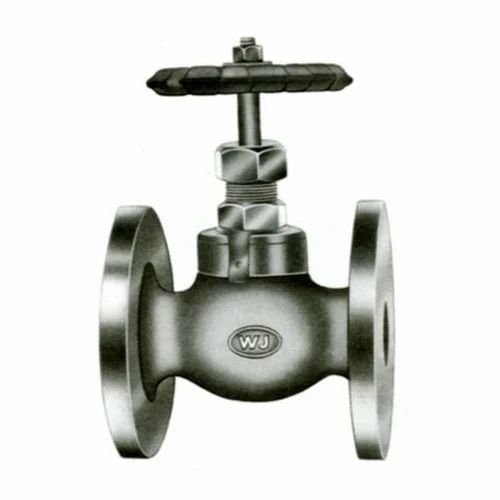 thread NPT thread NPT | 1/4" | Int. thread NPT | Product View |
| SS-1VM4 | Stainless steel 316 | 1/4" | Out. thread NPT | 1/4" | Out. thread NPT | Product View |
| SS-1VM4-S4 | Stainless steel 316 | 1/4" | Out. thread NPT | 1/4" | Swagelok® tube fitting | Product View |
| SS-1VS12MM | Stainless steel 316 | 12 mm | Swagelok® tube fitting | 12 mm | Swagelok® tube fitting | Product View |
| SS-1VS4 | Stainless steel 316 | 1/4" | Swagelok® tube fitting | 1/4" | Swagelok® tube fitting | Product View |
| SS-1VS4-PK | Stainless steel 316 | 1/4" | Swagelok® tube fitting | 1/4" | Swagelok® tube fitting | Product View |
| SS-1VS4-SC11 | Stainless steel 316 | 1/4" | Swagelok® 9 tube fitting0277 | 1/4" | Swagelok® tube fitting | Product View |
| SS-1VS6 | Stainless steel 316 | 3/8" | Swagelok® tube fitting | 3/8" | Swagelok® 9 tube fitting0277 | Product View |
| SS-1VS6MM | Stainless steel 316 | 6 mm | Swagelok® tube fitting | 6 mm | Swagelok® tube fitting | Product View |
| SS-1VS6-PK | Stainless steel 316 | 3/8" | Swagelok® tube fitting | 3/8" | Swagelok® tube fitting | Product View |
| SS-1VS8 | Stainless steel 316 | 1/2" | Swagelok® tube fitting | 1/2" | Swagelok® tube fitting | Product View |
| SS-1VS8MM | Stainless steel 316 | 8 mm | Swagelok® tube fitting | 8 mm | Swagelok® tube fitting | Product View |
| SS-20VF4 | Stainless steel 316 | 1/4" | Int. thread NPT thread NPT | 1/4" | Int. thread NPT | Product View |
| SS-20VF4RT | Stainless steel 316 | 1/4" | Int. conical thread ISO | 1/4" | Int. conical thread ISO | Product View |
| SS-20VM4 | Stainless steel 316 | 1/4" | Out. thread NPT | 1/4" | Out. thread NPT | Product View |
| SS-20VM4-F4 | Stainless steel 316 | 1/4" | Out.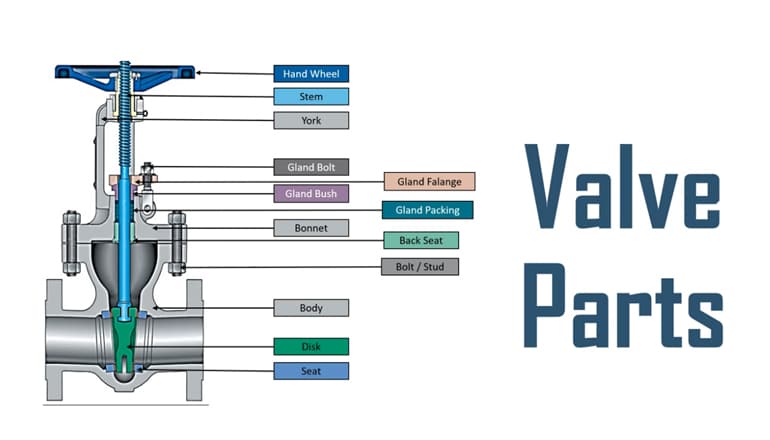 thread NPT thread NPT | 1/4" | Int. thread NPT | Product View |
| SS-20VS4 | Stainless steel 316 | 1/4" | Swagelok® 9 tube fitting0277 | 1/4" | Swagelok® tube fitting | Product View |
| SS-26VF6 | Stainless steel 316 | 3/8" | Int. thread NPT | 3/8" | Int. thread NPT | Product View |
| SS-26VF8 | Stainless steel 316 | 1/2" | Int.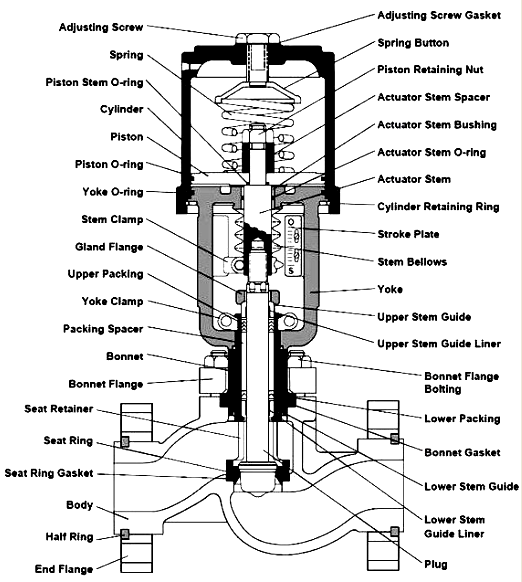 thread NPT thread NPT | 1/2" | Int. thread NPT | Product View |
| SS-26VM8-F8 | Stainless steel 316 | 1/2" | Out. thread NPT | 1/2" | Int. thread NPT | Product View |
| SS-26VS6 | Stainless steel 316 | 3/8" | Swagelok® 9 tube fitting0277 | 3/8" | Swagelok® tube fitting | Product View |
| SS-26VS8 | Stainless steel 316 | 1/2" | Swagelok® tube fitting | 1/2" | Swagelok® 9 tube fitting0277 | Product View |
| SS-OVM2 | Stainless steel 316 | 1/8" | Out.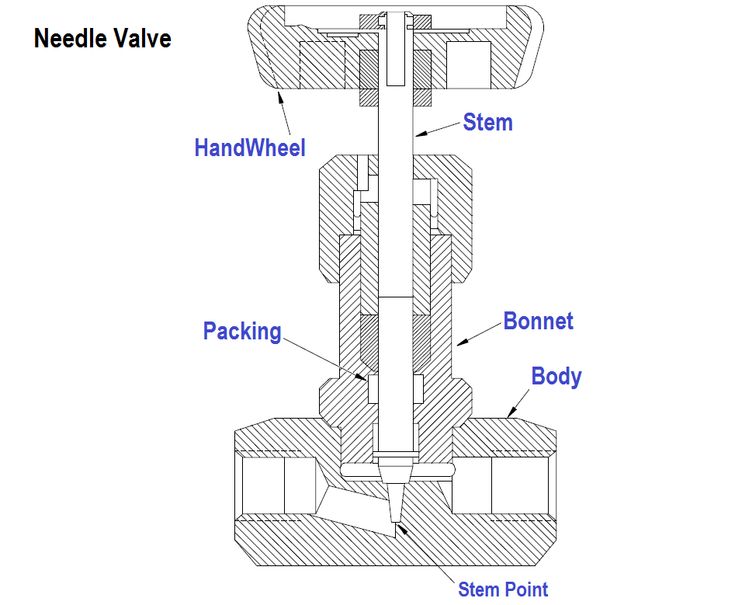 |